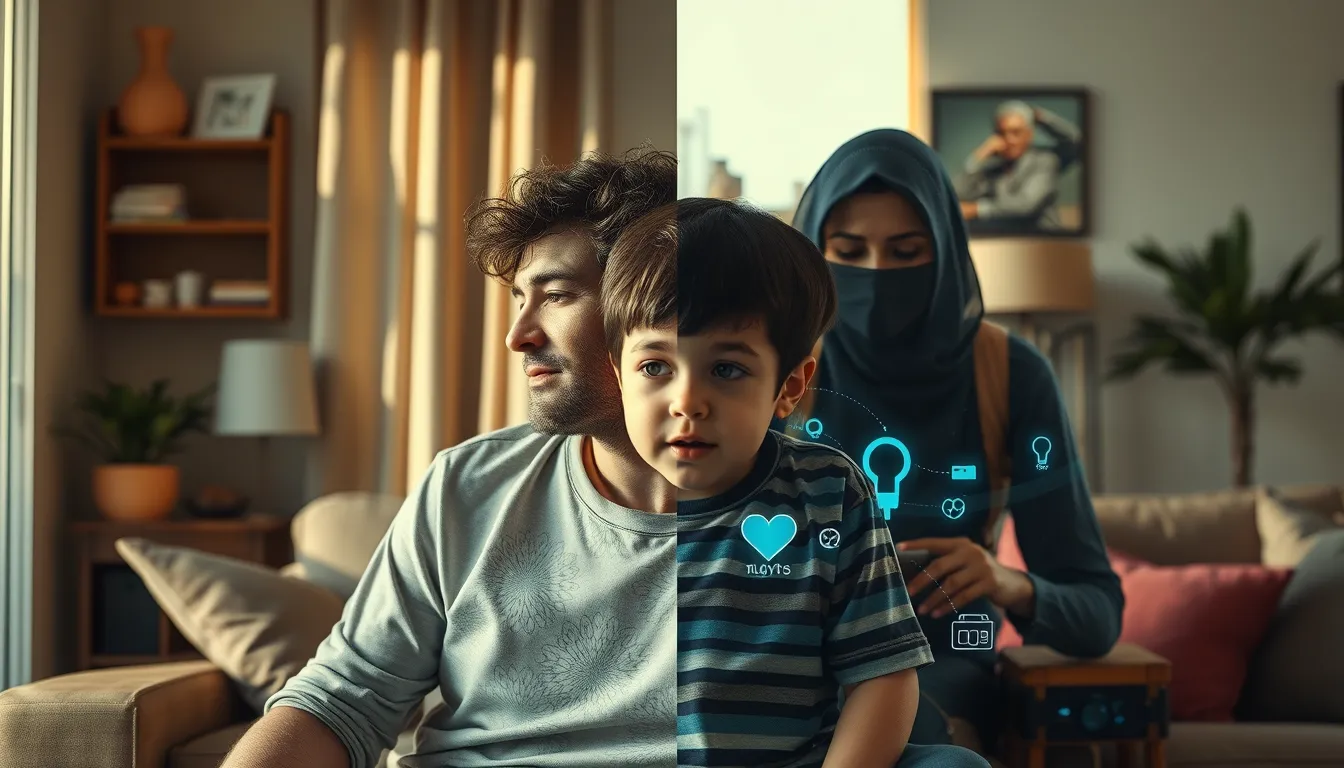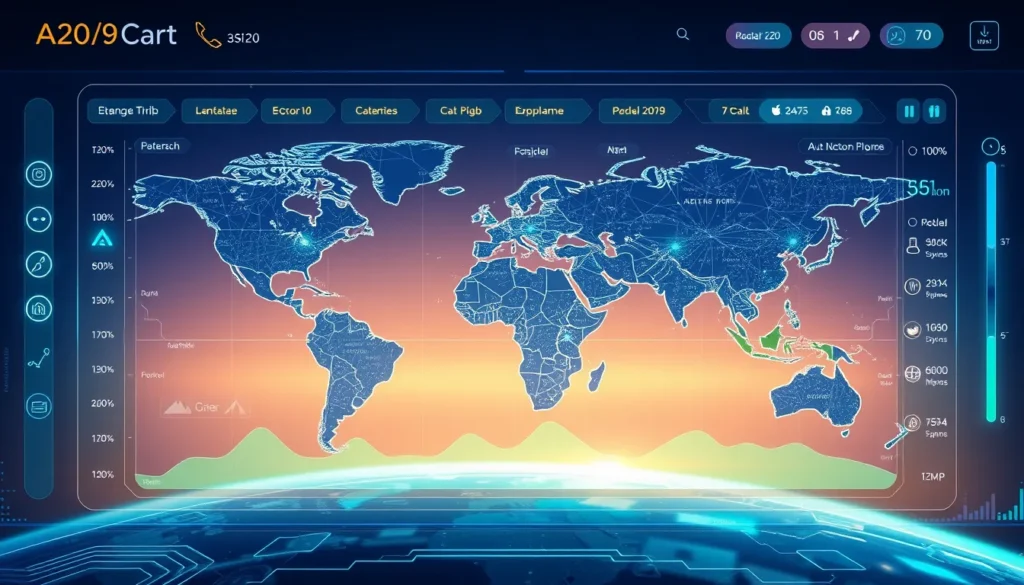Now Reading: AI Divorce Mediator: Transforming Family Conflict
-
01
AI Divorce Mediator: Transforming Family Conflict
AI Divorce Mediator: Transforming Family Conflict

AI Divorce Mediator: Transforming Family Conflict
In today’s fast-paced digital era, technology is not only changing how we communicate but also how we resolve conflicts. One of the most innovative breakthroughs is the AI divorce mediator. This tool is designed to help families navigate the entangled challenges of divorce and child custody disputes by providing real-time emotional guidance and de-escalation during heated exchanges.
The Emergence of Digital Mediation in Family Disputes
The modern world has witnessed a transformation in the way personal disputes are managed. Traditional methods, while effective at times, often fall short when emotions run high. The introduction of an AI divorce mediator offers a revolutionary approach that leverages advanced emotional intelligence algorithms to detect and neutralize escalating conflicts. By analyzing text and digital communication, this tool can suggest alternative phrasing that fosters calm dialogue. In essence, the AI divorce mediator acts as a digital referee, ensuring that conversations remain productive even during the most challenging moments.
How the AI Divorce Mediator Works
This innovative AI system employs a combination of natural language processing and machine-learning techniques to understand the emotional tone behind written messages. When tensions rise, and digital communications become heated, the mediator steps in to provide suggestions on how to reframe comments into more constructive language. In doing so, it lowers the intensity of conflicts and helps both parties see a path towards resolution. This process not only prevents further escalation but also promotes clearer and more empathetic communication.
Here are some key features of the AI divorce mediator:
- Real-time feedback on tone and language to de-escalate potential conflicts.
- Advanced algorithms that analyze emotional cues in digital communication.
- Support for many aspects of family disputes, including child custody conflict resolution.
Addressing Child Custody Conflict Resolution with AI
Divorce and child custody disputes are fraught with emotional stress. In such sensitive situations, an impartial and objective mediator can make a significant difference. The AI divorce mediator extends its benefits to the realm of child custody conflict resolution by ensuring that discussions remain centered on the welfare of the children involved. By providing suggestions that emphasize clarity and empathy, the tool helps parents avoid misunderstandings and reduce prolonged legal battles. For further insights on effective child custody dispute management, you can refer to resources like those offered on trusted legal advisory sites.
How AI De-escalates Heated Digital Communications
One of the most praised aspects of this technology is how AI de-escalates heated digital communications. In a world where texting and emailing often replace face-to-face interactions, misinterpretations are common. The AI divorce mediator intervenes by performing an emotional spellcheck, recommending changes to language before reactions spiral out of control. As a result, even highly charged interactions can be lowered to a manageable level, enabling more productive dialogue and reducing the emotional toll on all parties involved.
The Role of Emotional Intelligence in Modern Mediation
At the heart of the AI divorce mediator is a sophisticated emotional intelligence framework. This enables the system to pick up on the subtleties of human expression—something that traditional mediation efforts might miss. With its ability to detect underlying sentiments, the tool not only responds to overt hostility but also anticipates potential misunderstandings. This proactive approach means that conflicts can be nipped in the bud before they escalate further, preserving relationships and reducing the need for more drastic interventions.
Future Prospects for AI in Family Dispute Mediation
The development of the AI divorce mediator is a significant step towards integrating AI in everyday interpersonal conflict resolution. As the technology matures, we can expect further enhancements that will expand its capabilities. Future versions might integrate with professional counseling services or even legal advisory platforms to provide a comprehensive support system for families in distress. In addition, continuous updates driven by user feedback will refine the system’s precision, making it an indispensable tool for modern family mediation.
Real-World Impact and User Experiences
Preliminary trials of the AI divorce mediator have shown promising results. Users report a drop in the severity of conflicts and an increased willingness to engage in constructive dialogue. Notably, many have observed that the mediator’s real-time feedback allows for immediate course correction in conversations, which has proven especially beneficial in child custody disputes. This technology is set to redefine how digital communications are managed by offering a reliable, unbiased, and empathetic method to resolve disputes.
Conclusion: Embracing a New Era of Mediation
The integration of an AI divorce mediator into the digital landscape marks a new era of family conflict resolution. By leveraging advanced emotional intelligence and state-of-the-art algorithms, the tool is redefining how we handle personal disputes. It demonstrates that even in our most difficult moments, technology can be a beacon of hope—preventing misunderstandings, reducing hostility, and paving the way for more harmonious outcomes. As AI continues to evolve, its role as a digital mediator will become increasingly indispensable in our attempts to balance human emotion with the efficiency of modern technology.
With its multifaceted approach that incorporates elements of child custody conflict resolution and real-time de-escalation of heated digital communications, the AI divorce mediator is not just a tool—it is a transformative force in family dispute resolution. For additional reading and authoritative insights, consider visiting Wired, a reliable source for technology trends.
In summary, the AI divorce mediator is poised to revolutionize the way we resolve conflicts in the digital age. Through its innovative combination of emotional intelligence and cutting-edge technology, it offers a promising solution for families navigating the turbulent waters of divorce and custody disputes, ultimately guiding them towards more peaceful, productive resolutions.

























